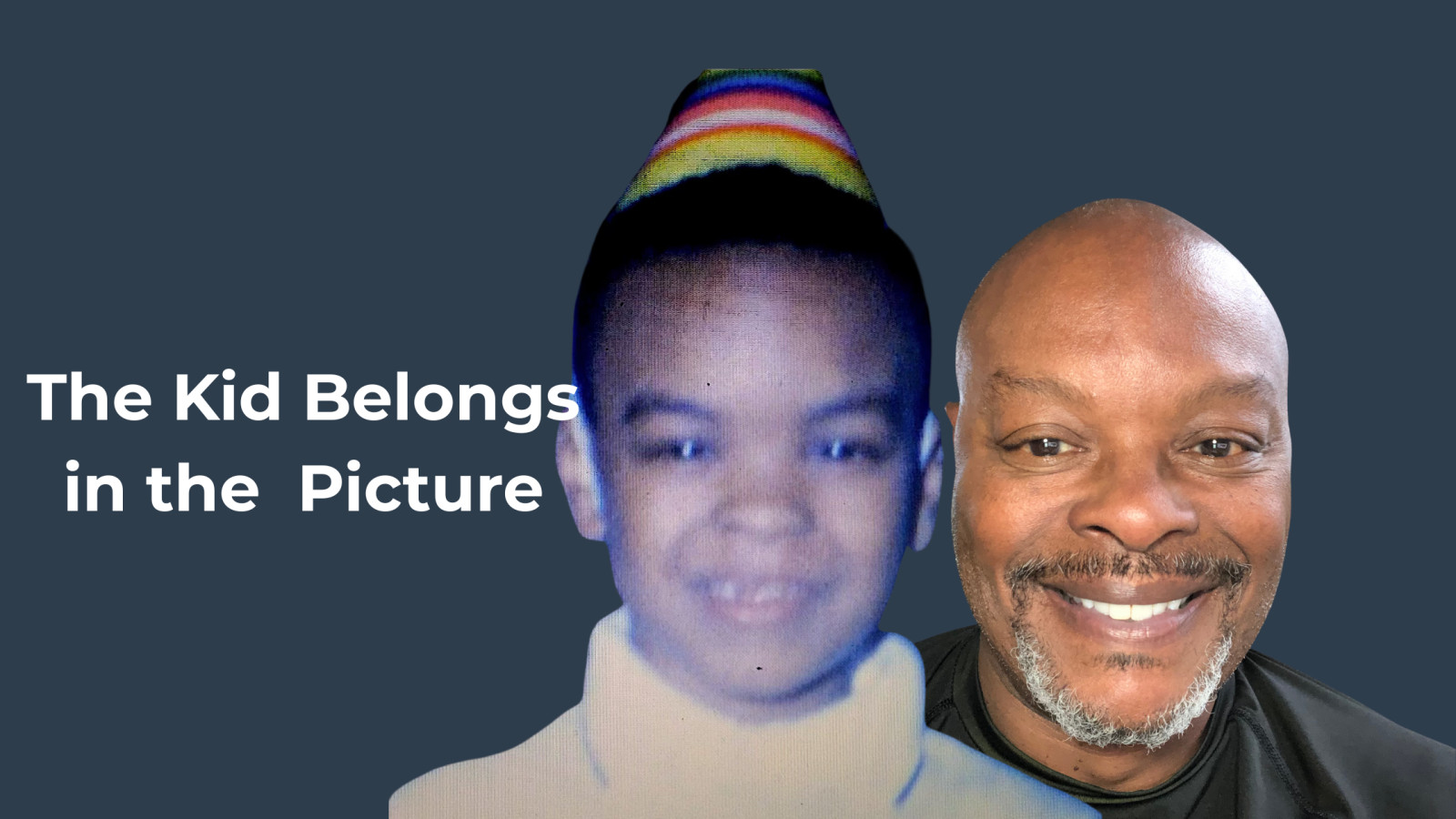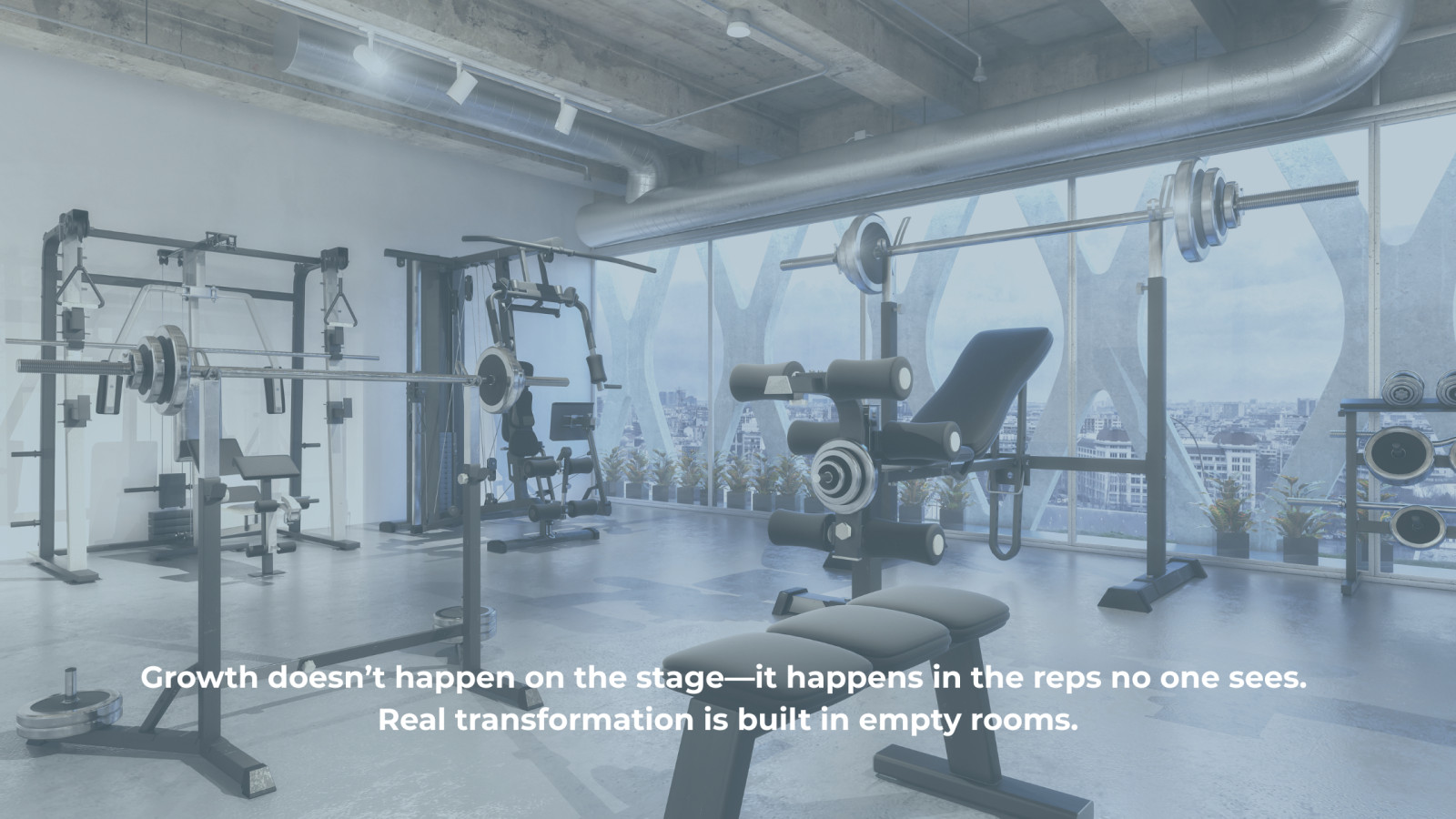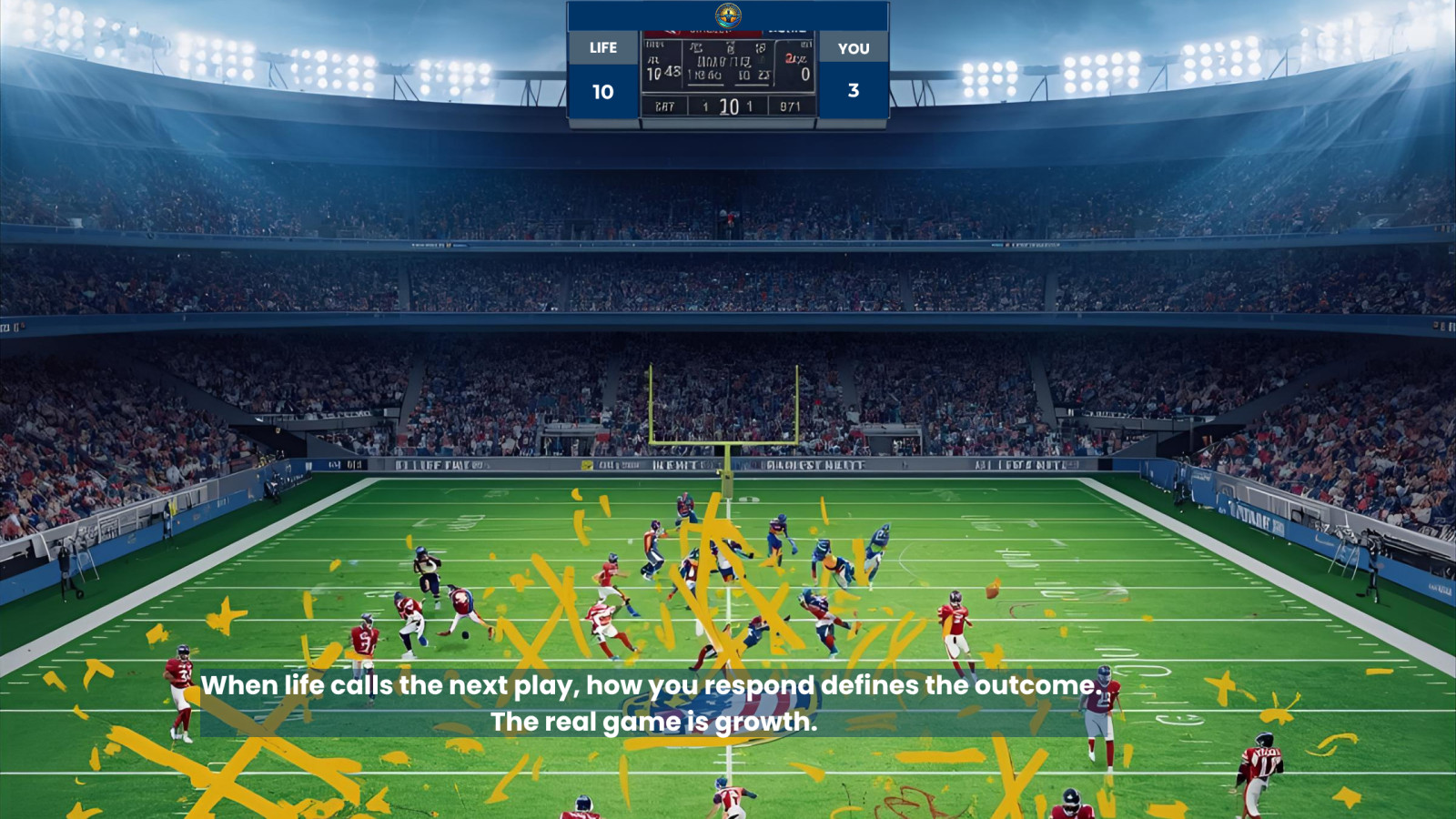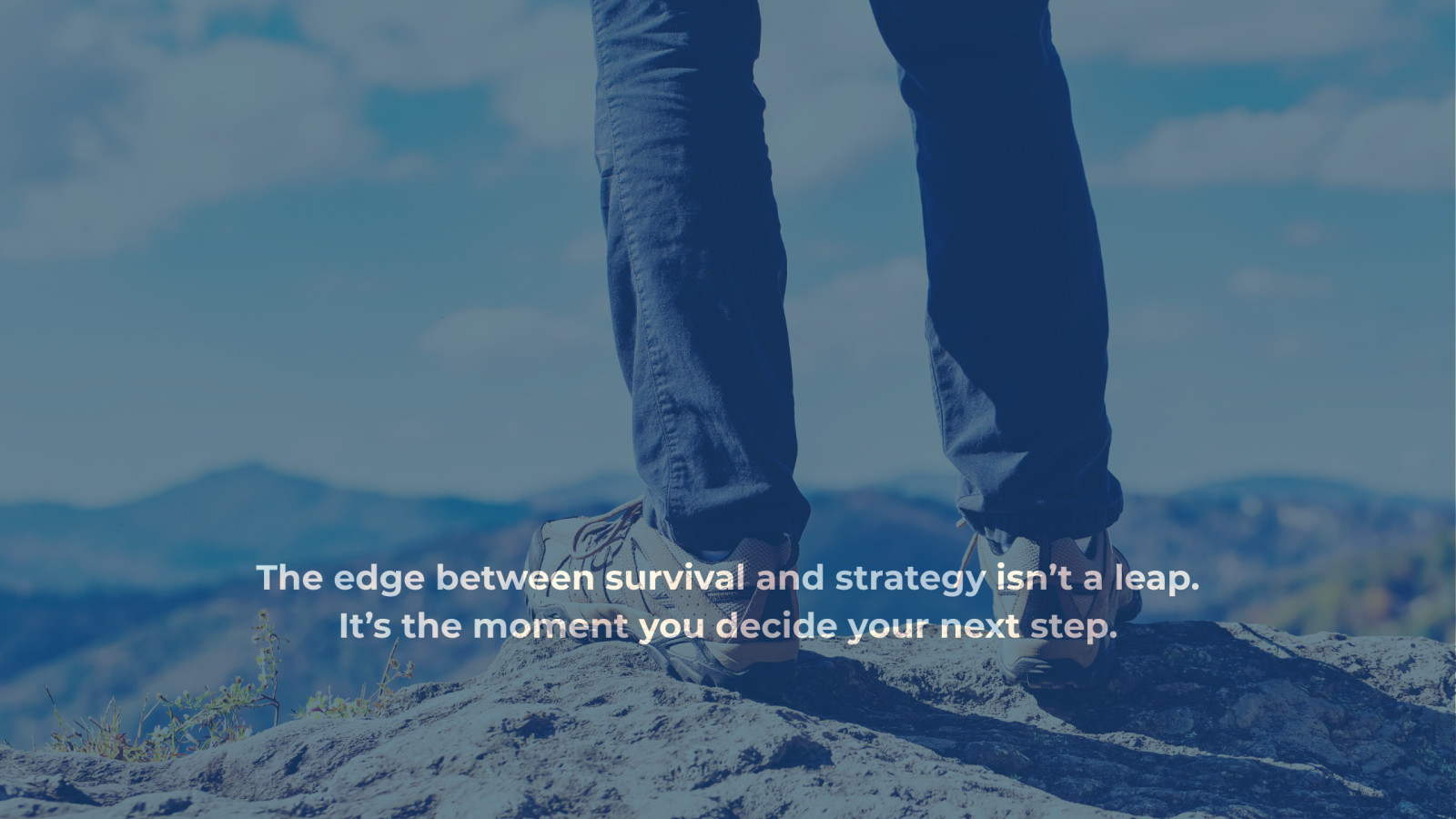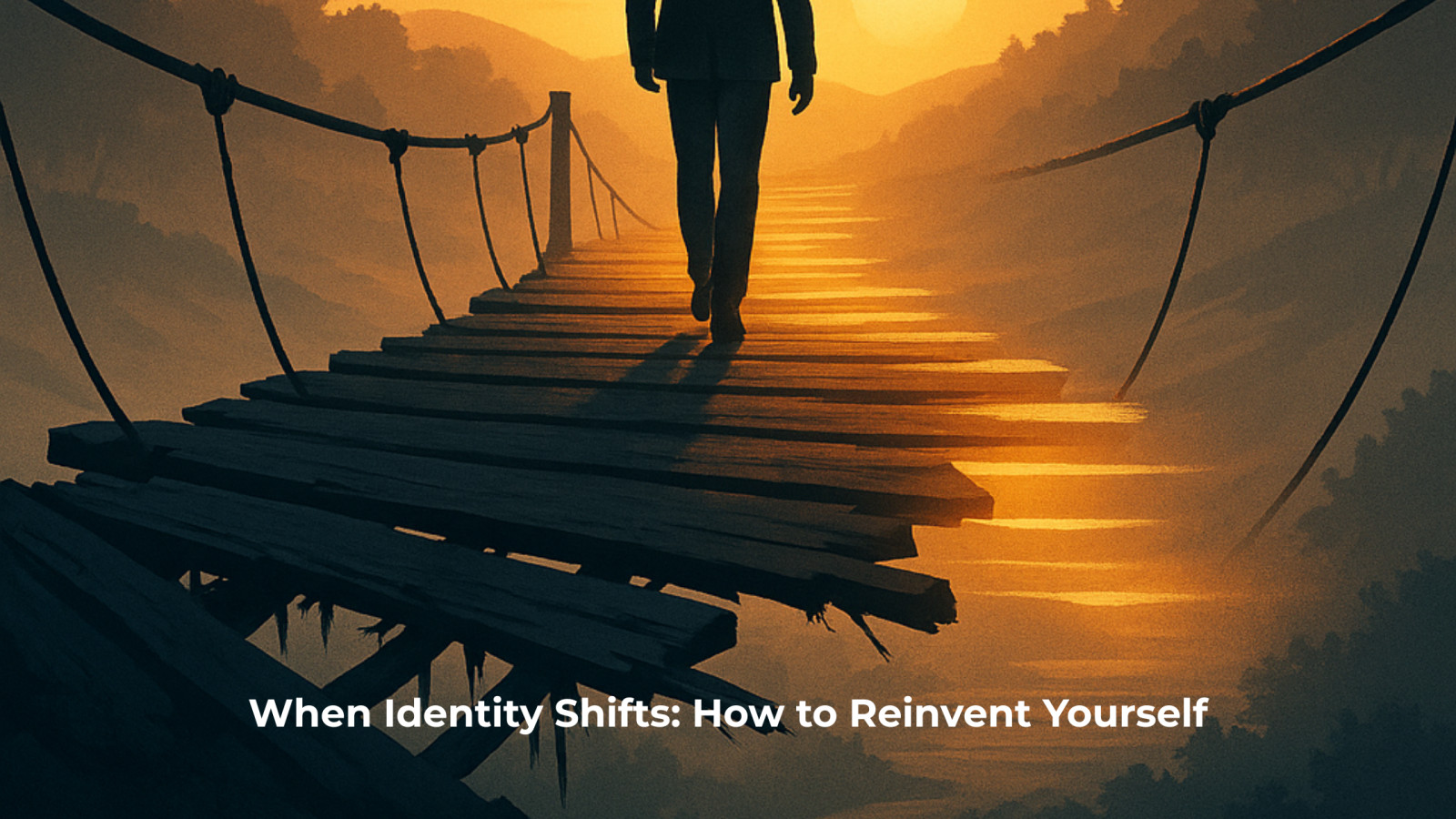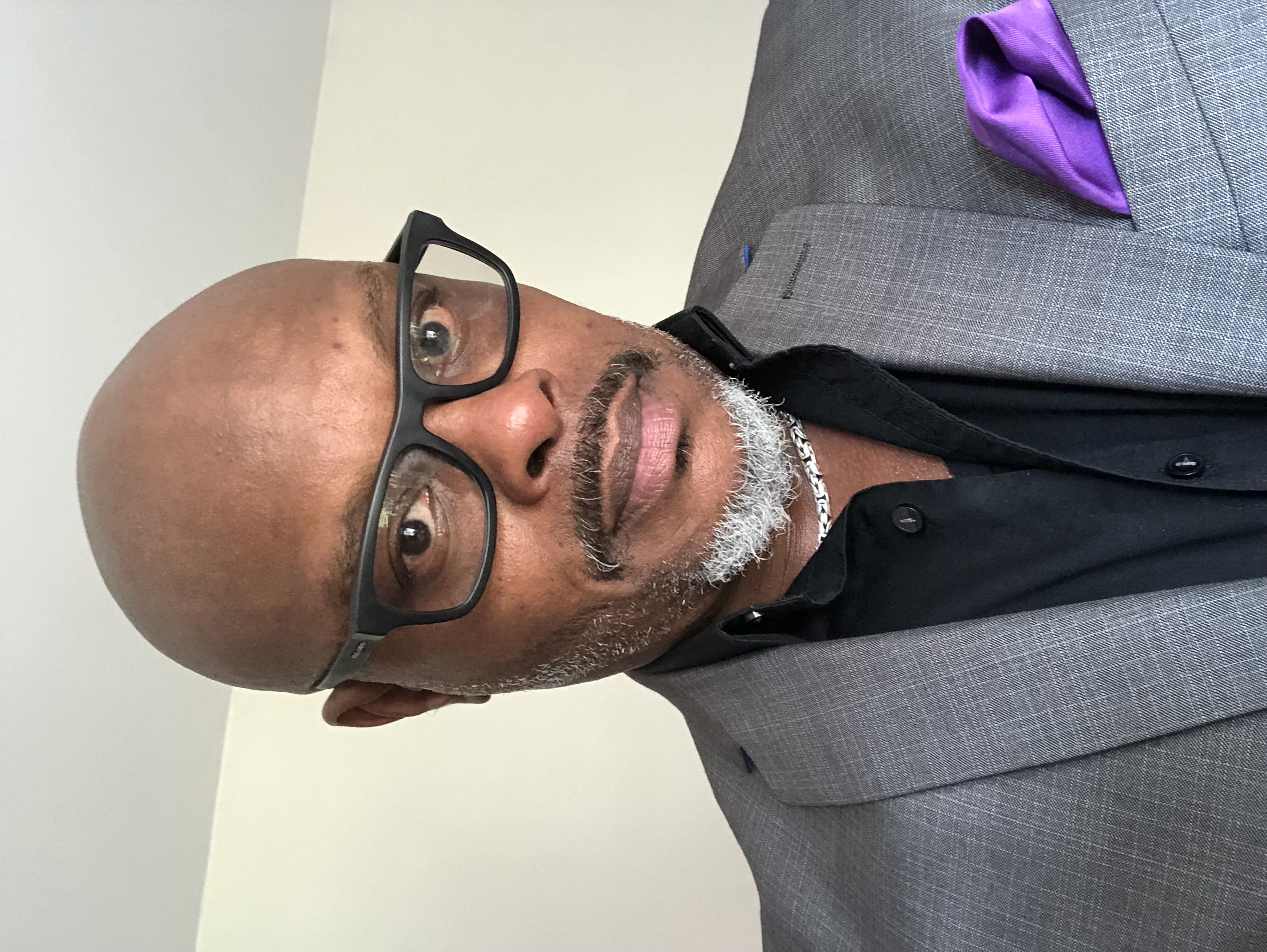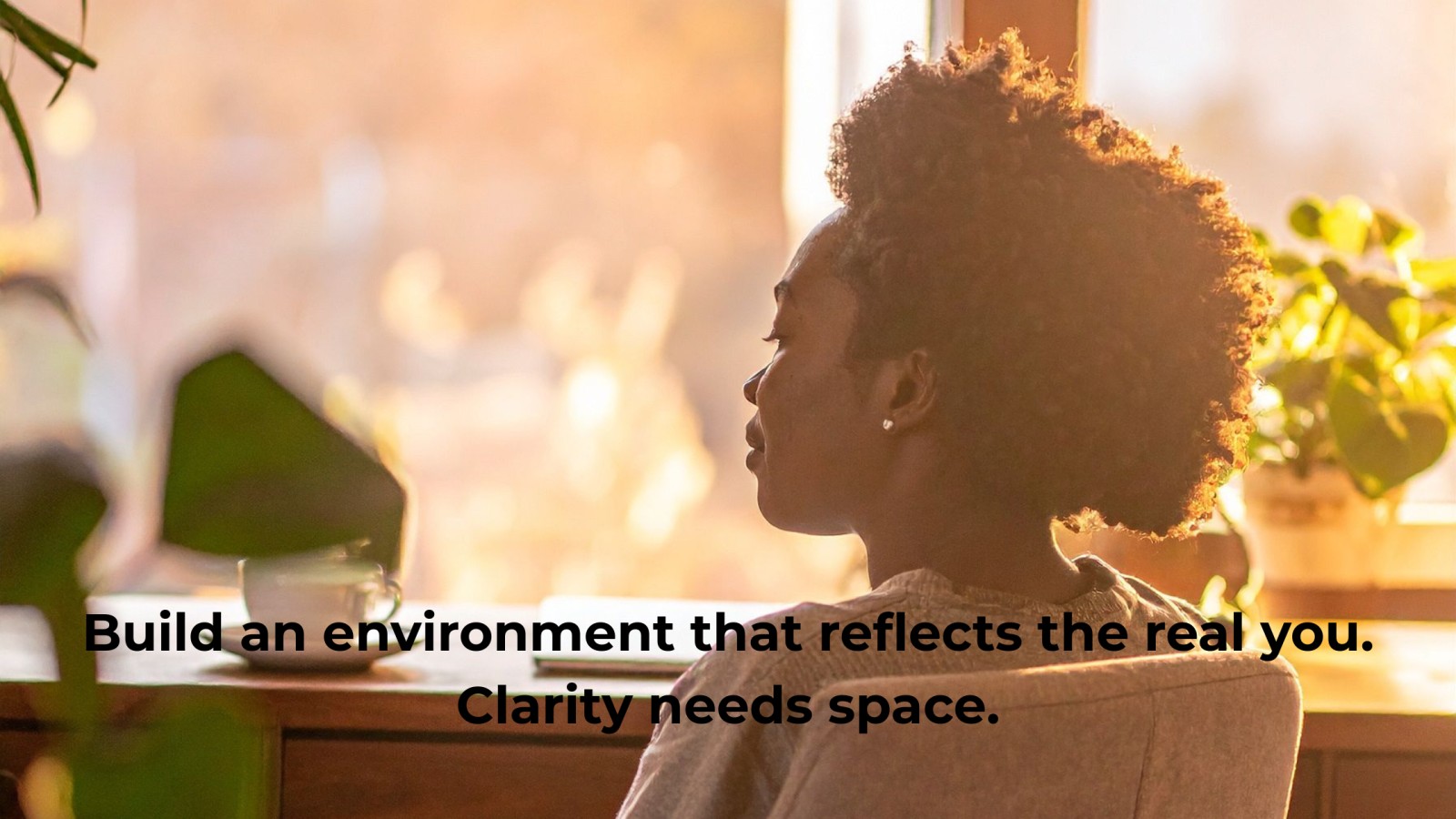
You can do all the inner work—reflect, journal, clarify your goals—but if your environment doesn’t support your next season, progress will always feel like a grind.
That’s what I realized this year.
I wasn’t stalling because I lacked discipline.
I was stalling because the systems around me were built for a version of me that no longer exists.
If your calendar, your routines, your circle—even your physical space—are still shaped by old patterns or survival mode, then of course you feel stuck. That structure is reinforcing the very identity you’re trying to outgrow.
So instead of trying harder, I made a different move:
I rebuilt my environment to match who I’ve become.
In this new post, I’m breaking down the exact mindset shift and structural changes that made the difference:
You’ll learn:
- Why “more effort” doesn’t lead to sustainable change—and what does
- What your environment actually is (hint: it’s more than your space)
- 5 powerful shifts that help your clarity become a lived experience
- The one question to ask before you set your 2026 goals
This one is foundational. Because clarity without structure will always collapse under pressure.
Read more...
Feeling stretched thin at the end of the year? You’re not alone—and the solution isn’t more plans, more pressure, or another overhaul. This post offers a clear path to realignment by helping you release the mental clutter and commit to one grounded habit, one meaningful win, and one courageous move.
Rooted in identity-based coaching, this reset strategy helps you break the cycle of burnout and overload by simplifying how you move forward. Learn how clarity, not complexity, fuels progress—so you can finish strong and start 2026 in alignment with who you’re becoming.
Read more...
We don’t stay stuck because we lack discipline—we stay stuck because we never stop to name what’s really in the way. This post gets brutally honest about self-sabotage, identity blocks, and the quiet patterns that keep you circling the same goals. If you’re tired of prepping instead of progressing, read this before 2026 shows up.
Read more...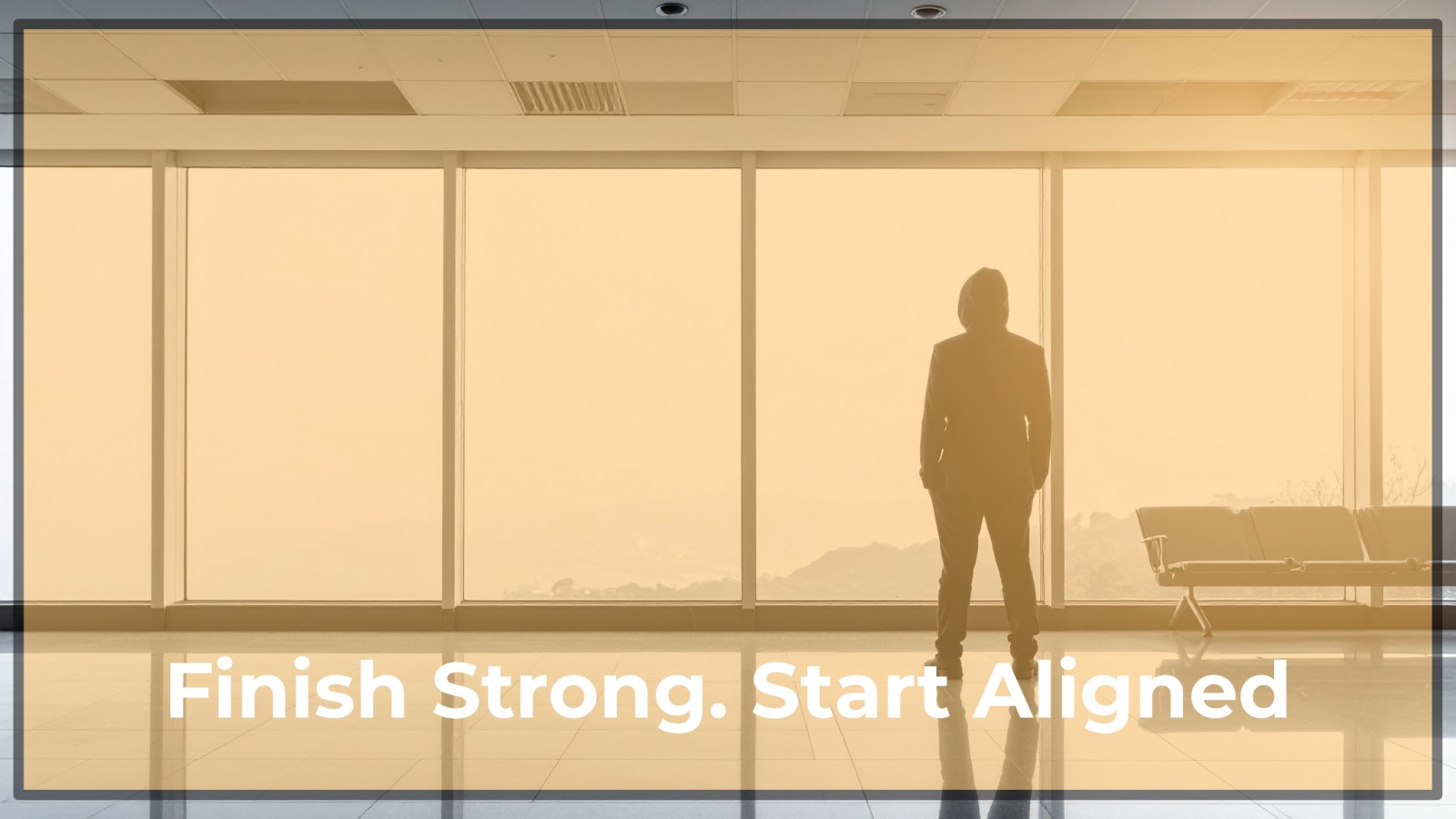
You don’t need a new goal. You need a return to the one that's still calling you.
This post helps you uncover the goals you buried, realign with the ones that still matter, and rebuild rhythm before the year resets.
Here’s what you’ll walk away with:
- Why some goals never die—even when life pushes them down
- How to keep the goal alive without forcing progress or faking momentum
- The 3 alignment rhythms I’m using to rebuild traction after burnout
- What it really takes to finish strong without starting from scratch
If you’re done with circling the same patterns and ready to walk into 2026 with clarity, this one’s for you.
Live on Purpose. Lead with Clarity. Thrive by Design.
Coach Marv
Read more...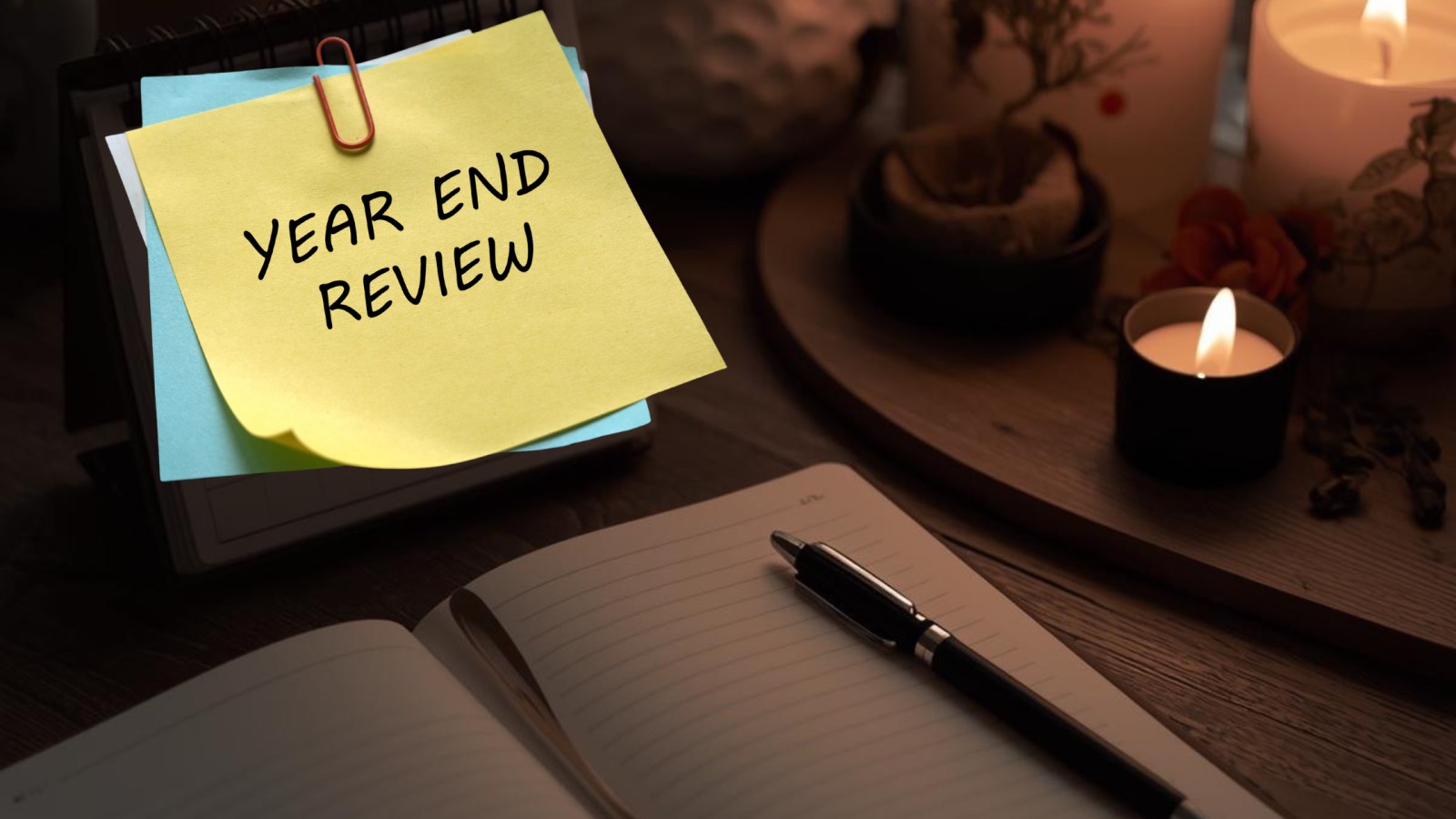
You don’t need another resolution—you need momentum. In this honest year-end review, I break down what worked, what didn’t, and how I’m finishing 2025 strong so I don’t start 2026 from zero. This isn’t about perfection—it’s about alignment, clarity, and the daily choices that move you forward.
In this post you’ll find out how you can:
- Stop coasting or overanalyzing and use these final weeks to build momentum that lasts.
- Take an honest look at your year across business, personal life, mental, and physical health.
- Don’t just set goals, but align your life with who you say you want to be.
- Finish 2025 with clarity and direction and enter 2026 already in motion.

